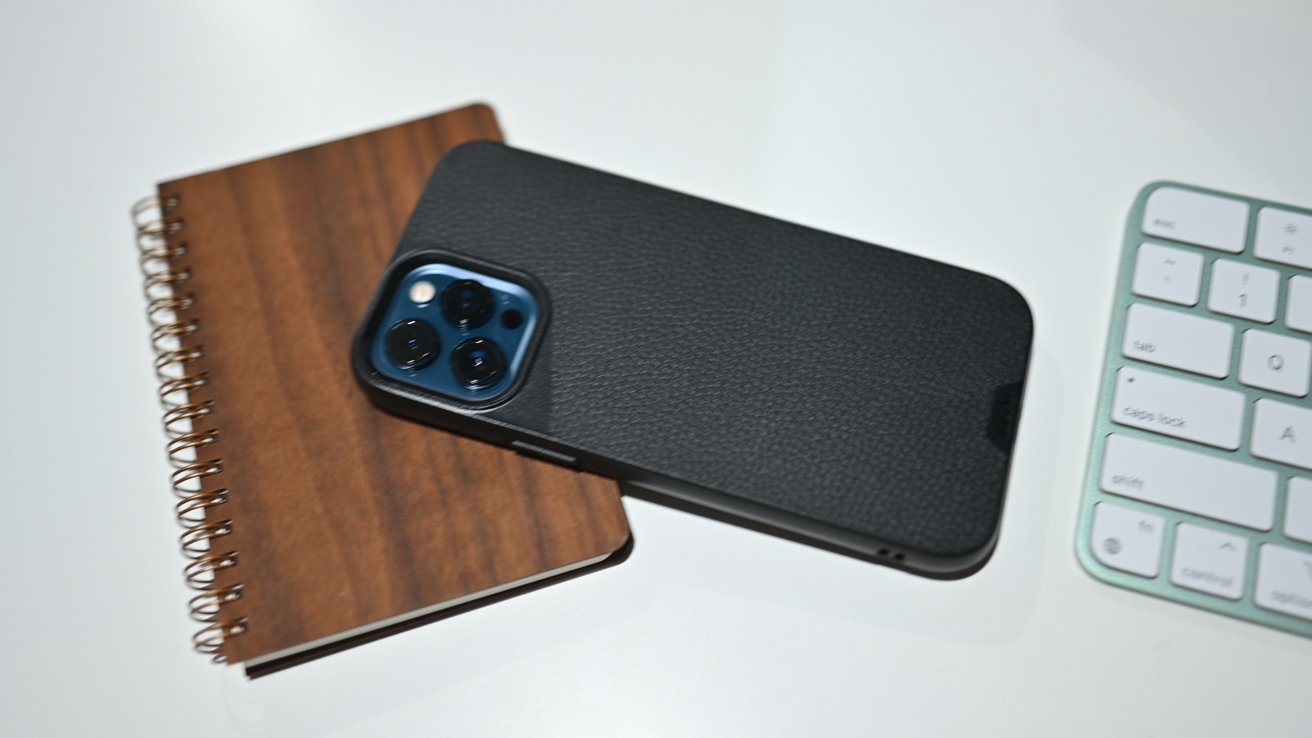

OtterBox isn’t the only manufacturer to take a deeper dive. With OtterBox cases, they test for subtle damage as well as the obvious, with a holistic view that includes the functional, physical, acoustic, tactile, dimensional, and aesthetic. We pride ourselves on looking beyond the obvious.”

“For some, a broken screen or obvious malfunction is the only thing they are looking at. “Every case manufacturer has to make their own interpretations about what constitutes a passing or failing test,” explains Staggers. Drop tests are conducted in different ways by different case manufacturers. It’s worth pointing out that these tests were not designed for smartphone cases specifically, so they’re open to some interpretation. “Just because MIL-STD-810G gets printed on the carton or listed on a website doesn’t guarantee that the testing was performed or that it was performed properly,” Paul Staggers, engineering manager at OtterBox, told Digital Trends. All it really means is that the case manufacturer is claiming to have subjected their cases to one or more of the tests listed in the publicly available MIL-STD-810G document. You’d be forgiven for thinking that the MIL-STD-810G 516.6 badge on a case box means that it has actually been tested by the military. “The logos give the impression of independent testing, but this is not necessarily the case and can, therefore, be misleading.” What tests do leading case makers use? “Companies can conduct their own tests and therefore make their own claims,” explains Woodward. It’s also being dropped onto plywood, not a sidewalk. That means each case is potentially only being dropped five or six times, and the orientation can be changed for each drop, which doesn’t test for cumulative damage. However, manufacturers are allowed to use up to five different samples while testing. After each drop, the device is visually inspected for functional and structural integrity. The device in the case will sequentially be dropped onto each face, edge, and corner for a total of 26 drops.
#Mous space drop download
You can download it at EverySpec if you’re interested, but to save you the time, it states the drop surface should be 2-inch thick plywood over concrete. It’s buried in a document that’s more than 800 pages long. “The actual benefits are hard for consumers to fully understand, with some brands stating ‘meets,’ others quoting ‘exceeds,’ and some attributing different heights to the claims,” Colin Woodward, global marketing director at Tech21 told Digital Trends.įor the record, MIL-STD-810G is the standard you’ll often see - more specifically, Method 516.6 Procedure IV (Transit Drop Test). This lack of consistent standards that can be verified is a real problem, and it undermines the reliability of the military drop test standard claim.

“Some people only drop it a few times and call that a military drop test.” “We don’t want to see any damage to the device if there’s any damage to the device, we go back to the drawing board and redesign the case,” Andy Comerford, consumer sales manager EMEA for Peli Products told Digital Trends. Military drop tests vary greatlyĪt Pelican, the same case is dropped 20 times from 1.2 meters (4 feet) and then from 1.8 meters (6 feet) onto hardwood over concrete. All quotes date from this time and were accurate at the original time of writing. Note: This article was originally published in 2016. We spoke to the experts behind some of the best smartphone cases on the market to find out what those certifications really mean. It turns out that not all military drop tests are created equal. Sadly, these standards may not be as stringent as you think. You’d expect to be able to drop your phone on the sidewalk and find it undamaged if it’s wearing a case that’s tough enough for the military, wouldn’t you? That’s why we often recommend cases that boast military drop test standards on the box. We test a lot of smartphone cases here at Digital Trends, and we know that drop protection is one of the key concerns for buyers. “Companies can conduct their own tests and therefore make their own claims.”


 0 kommentar(er)
0 kommentar(er)
